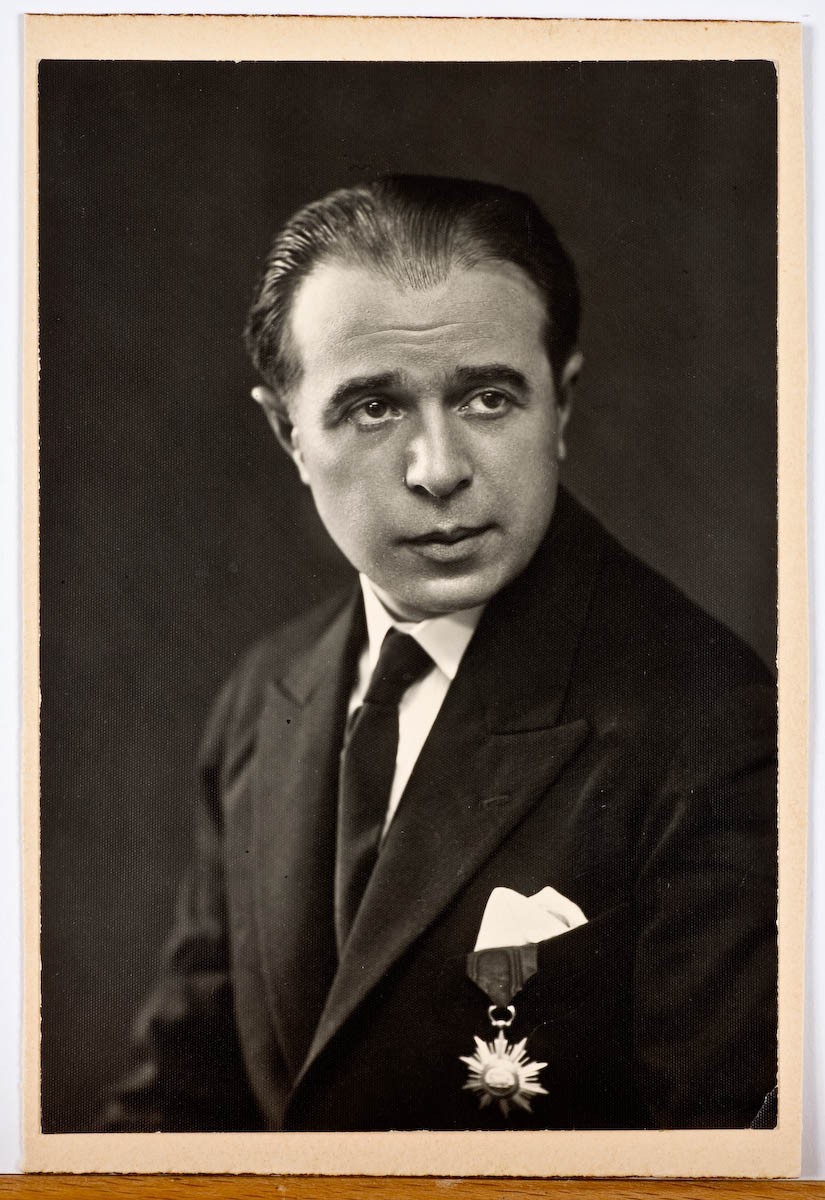Sevrugian
The exhibition “Sevrugian. Images of the Orient in Photography and Painting, 1880 to 1980” shows 97 works of two Armenian artists and relocates them in the context of their family’s history. The two artists are father and son who come from a family of diplomats in Tehran.
Antoine-Khan Sevruguin (ca. 1840-1933) – the photographer – and André “Darvish” Sevrugian (1894-1996) – the painter – belonged to the upper-class of Tehran, and being cosmopolitans, they maintained transnational, cross-border exchange relations in cultural, scientific and artistic affairs with their contemporaries. Antoine Sevruguin and André Sevrugian – the latter using his family name in its original Armenian spelling - were at home in the Armenian diaspora of Tehran, and although Christians, they were deeply involved with Persian culture.
Antoine-Khan Sevruguin was a photographer at the court, from Shah Nasser ad-Din to Reza Pahlevi. During his many journeys within Persia he photographed and documented the traditional ways of life of different groups of people. He also photographed the monuments of Iranian antiquity, his pictures often being reproduced in the books of German archaeologists but without mentioning the artist’s name. Thus, in contrast to the USA and England, Antoine has remained widely unknown in Germany.
The artist André “Darvish” Sevrugian dedicated many years of his life to Persian poetry, and managed to convert its literary images into paintings following the style of Persian miniatures. Through coloration and design he lent depth and perspective to his paintings while his figures gained a strong emotional expressivity. He became famous for his 416 illustrations to the Shahname, the “Book of Kings”, composed by Firdowsi in the 11th century CE, as well as for also having illustrated the poetry of Islamic mystics such as, for instance, Omar Khayyam (1048-1128).
André "Darvish" Sevrugian, 1924 - 1934. Illustration taken from the "Shahname" Epic of Firdousi.
Having received an important letter of their army commander Geshdawz, Giv, Gudarz, Bahram, Farhad and Gorgin meet at Tusz to discuss it. Private collection: Dr. Emanuel Sevrugian. Photo: Horst Ziegenfuß.
In the same way that Antoine Sevruguin and André Sevrugian were at home in two cultures – the Armenian and the Iranian – so their artistic oeuvres were pervaded by their belonging to both cultures. The special attraction of this exhibition lies in the parallel between the multicultural life-world of the Sevrugian family and the interaction of Eastern and Western art which finds expression in the photographs of the father and in the son’s work as a painter.
The exhibits are partly shown for the first time in Germany and come from the collection of Emanuel Sevrugian who today lives in Heidelberg and is the son and grandson respectively of both artists. The exhibition results from the cooperation of the Museum of World Cultures in Frankfurt and the Committee for the World Heritage Site of Lorsch Monastery.
Responsible for concept and subject matter of the exhibition Dr. Ulrike Krasberg, Frankfurt on the Main / University lecturer at Marburg University.

